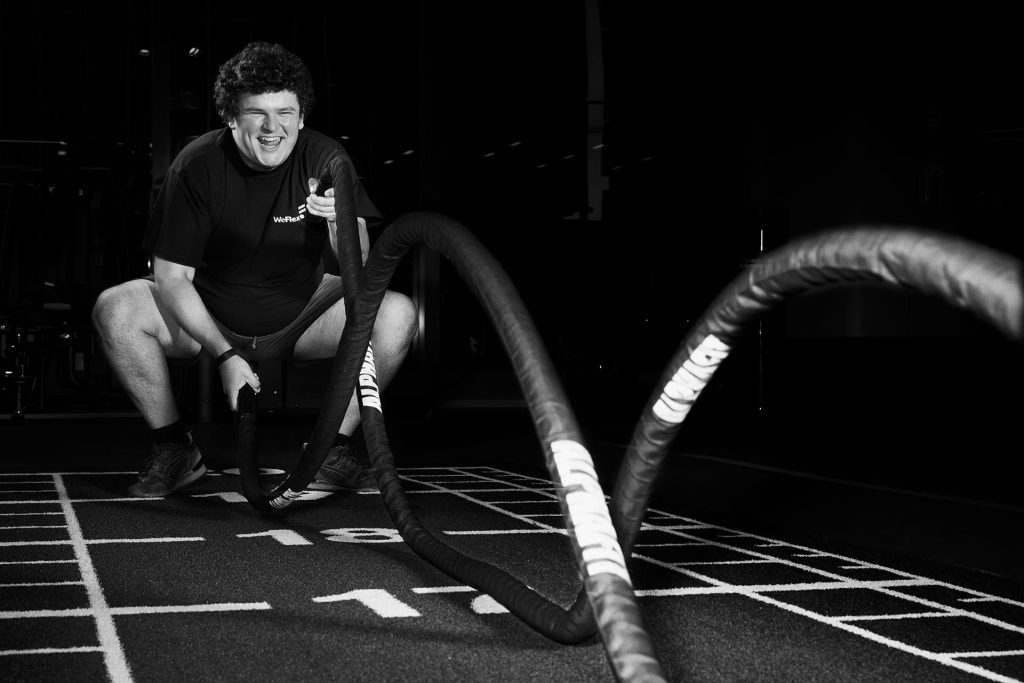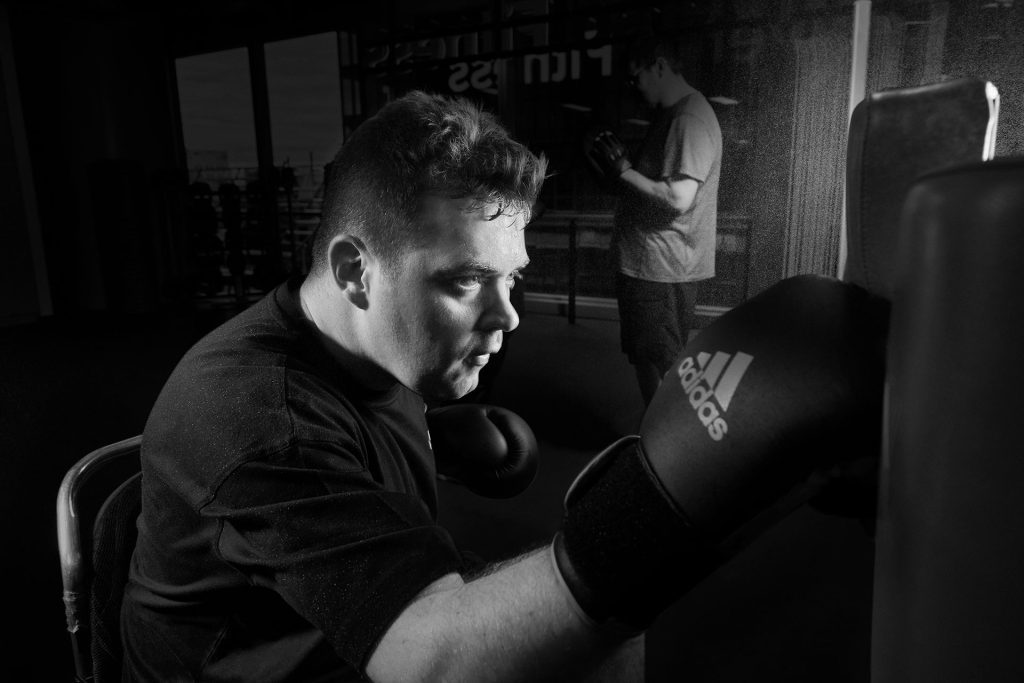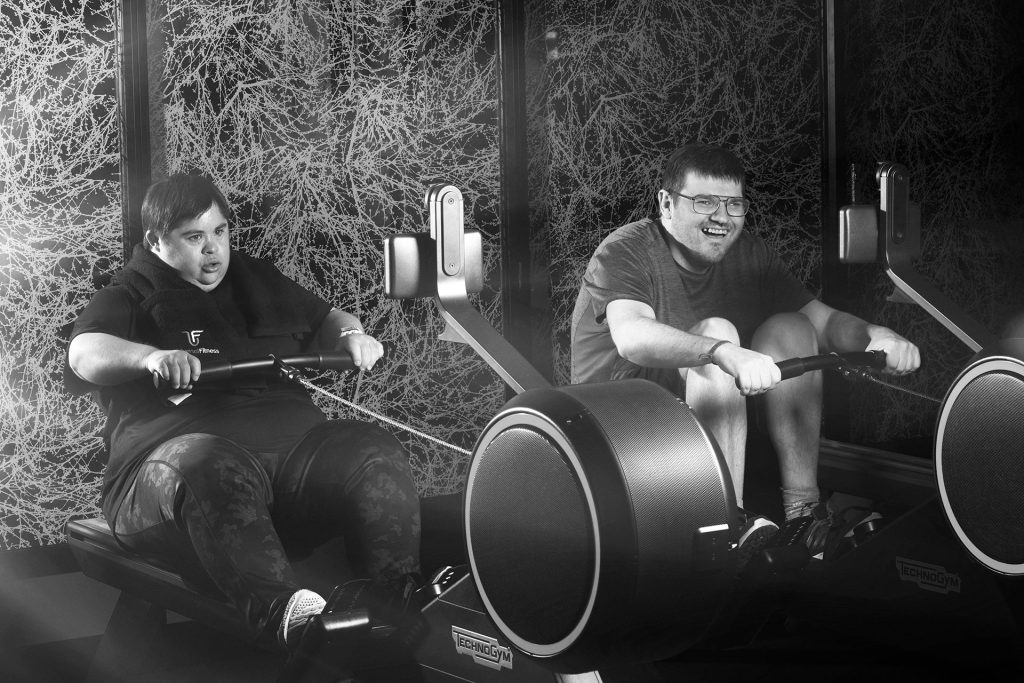diversity & inclusion

EXERCISE & THE AUTISM SPECTRUM:
THE CASE FOR ASD INCLUSION
We all agree that regular and appropriate exercise is beneficial for everybody. But what is becoming clearer, is exactly how beneficial exercise can be for people on the autism spectrum. Numerous studies are showing that regular exercise can be a great benefit to people on the autism spectrum beyond better health.
In a 2010 review of 18 previous studies on the impact of exercise on people on the autism spectrum, researchers at the University of California found a consistent trend where ‘positive behaviours’ would increase, and ‘negative behaviours’ would decrease following exercise intervention.
“Following the exercise interventions decreases in stereotypy, aggression, off-task behaviour and elopement were reported. Fatigue is not likely the cause of decreases in maladaptive behaviour because on-task behaviour, academic responding, and appropriate motor behaviour (e.g., playing catch) increased following physical exercise.” (Lang, et al 2010). Note: “Stereotypy” refers to a repetitive movement or action such as clapping or clicking a pen in their ear. It’s better known as ‘stimming’, which is short for ‘self-stimulation’.
Recognising these benefits, there is a clear case for being more inclusive of people on the autism spectrum in our gyms, and for ourselves as fitness professionals. Working with a client on the autism spectrum, IS within the scope of practice for a Personal Trainer. You follow the same pre-screening process as you would any client. However, to ensure you are extra prepared, here are some additional documents/questions you might want to consider when onboarding.

- Behavioural support plan: This is a document that gives all stakeholders working with the client guidance around what to expect, how to prevent behaviours of concern, and how to respond to them consistently. Not everyone has/needs one.
- Sensory preferences: We all have sensory preferences, and it is never out of place to ask about theirs outright. Usually, it’s just some simple adaptations to accommodate these.
- Ask about their needs: Again, it’s entirely appropriate to ask about a client’s support needs. And it doesn’t need to be complicated. “What can I do to best support them enjoy their first session?” The parent/carer/support worker will most likely appreciate you even thinking to ask.
Following the exercise interventions decreases in stereotypy, aggression, off-task behaviour and elopement were reported. Fatigue is not likely the cause of decreases in maladaptive behaviour because on-task behaviour, academic responding, and appropriate motor behaviour (e.g., playing catch) increased following physical exercise
Once you’ve ticked off these boxes – and you’re comfortable to proceed – it’s time to plan your first session. Here are some of the tips we give PTs before their first session.
- RAPPORT FIRST
A successful first session isn’t a rigorous workout; it’s building rapport with the client and boosting the odds of a second session! Establishing trust, communication and understanding is the primary goal. The sweaty workouts will come later.
- TAKE IT SLOW
The first session might not be more than them driving past the gym, let alone going inside. Change and new sensory experiences can be uncomfortable for people on the autism spectrum, so take it slow and follow their lead. You’re in this for the long haul.
- COMMUNICATE
Probably doesn’t need saying but it’s crucial. Don’t shy away from communication around their needs either. “Is it too loud in here?”, “Am I explaining that ok?” Communication is an excellent opportunity for them to give you feedback and help you, help them. Keep in mind that everyone communicates differently, so we need to remain adaptable to the communication preferences of our clients.
- SUPPORT THE SENSORY EXPERIENCE
If you know their sensory preferences, then keep it in mind – or better yet actually plan around it. If someone avoids sensory experiences, sticking to one quiet area of the gym to start with might be a good place to start, as they acclimatise and get used to it (as one example). If the sensory environment changes around them – communicate and adapt.
- HAVE FUN
Everybody loves having fun and it is a great way to build rapport and have them engaging in exercise. Incorporate your client’s interests into the session to help with engagement.

Reference: Lang, R., Koegel, L.K., Ashbaugh, K., Regester, A., Ence, W. and Smith, W., 2010. Physical exercise and individuals with autism spectrum disorders: A systematic review. Research in autism spectrum disorders, 4(4), pp.565-576.


Tommy Trout
In addition to being a FITREC DNA Ambassador, Tommy is the founder of WeFlex, which was created to support the fitness industry, so that more businesses and fitness professionals can work with clients with a disability. WeFlex achieves this through training, referrals and managing the NDIS requirements on your behalf. Doing so ensures that your job remains to simply show up, work out and have fun!